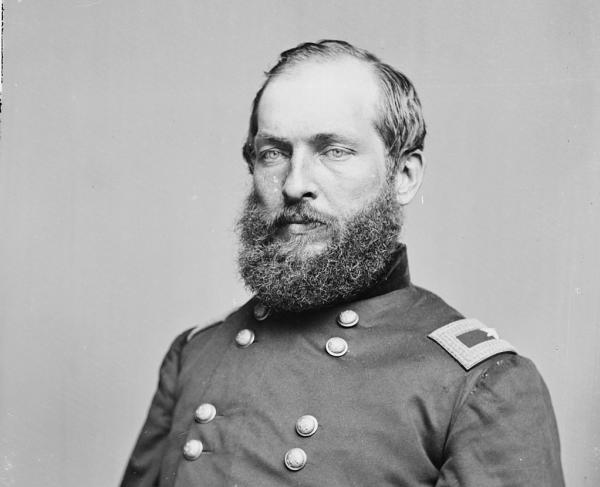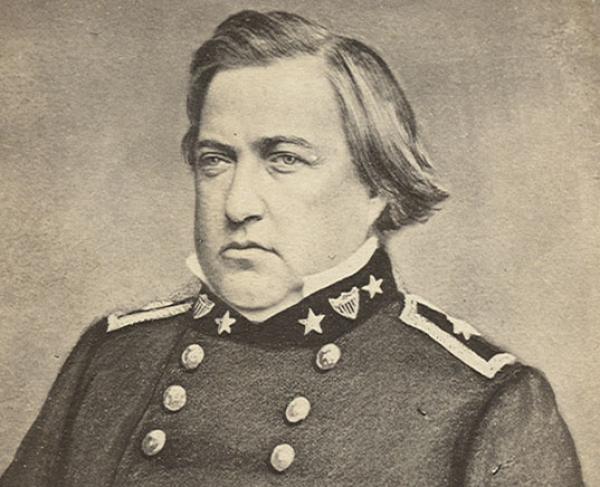James A. Garfield

After waiting several months to receive a military commission from Ohio’s governor, ardent anti-secessionist James A. Garfield was offered the lieutenant colonelcy of the 42nd Ohio Volunteer Infantry. He accepted and, in mid-August 1861, successfully filled the regiment — many of the soldiers were former students of his from Western Reserve Eclectic Institute. Within only a few weeks, Garfield rose to the rank of full colonel. And despite his lack of military experience, he was a quick and resourceful study.
Garfield first garnered distinction at the Battle of Middle Creek in January 1862, where his vastly outnumbered brigade defeated Confederate forces and cleared the way for Union control in eastern Kentucky. Due to his accomplishments, he was promoted to brigadier general and given command of the 20th Brigade in Tennessee. Leading the 20th, Garfield and his men saw action on the second day at Shiloh. Following, he succumbed to camp fever and dysentery, forcing the ambitious officer to take leave to recuperate. It was then that Garfield’s name was brought forth as a candidate for the U.S. House of Representatives, a race that he won on the Republican ticket. By September 1863, then-Maj. Gen. James Garfield was back in the saddle at Chickamauga where he undertook a bold ride under enemy fire.
After serving as chief of staff for Maj. Gen. William S. Rosecrans, then-commander of the Army of the Cumberland, Garfield resigned from military service in December 1863 to take his seat in Congress — beginning his journey to the White House.
Related Battles
27
65


